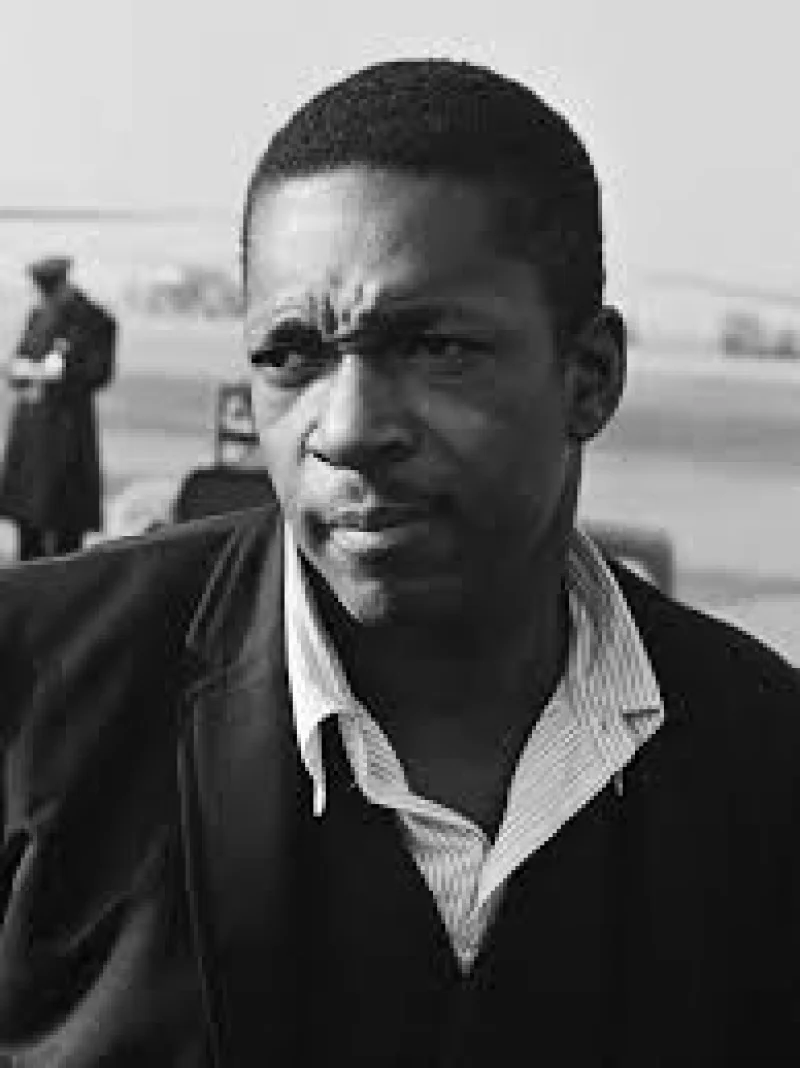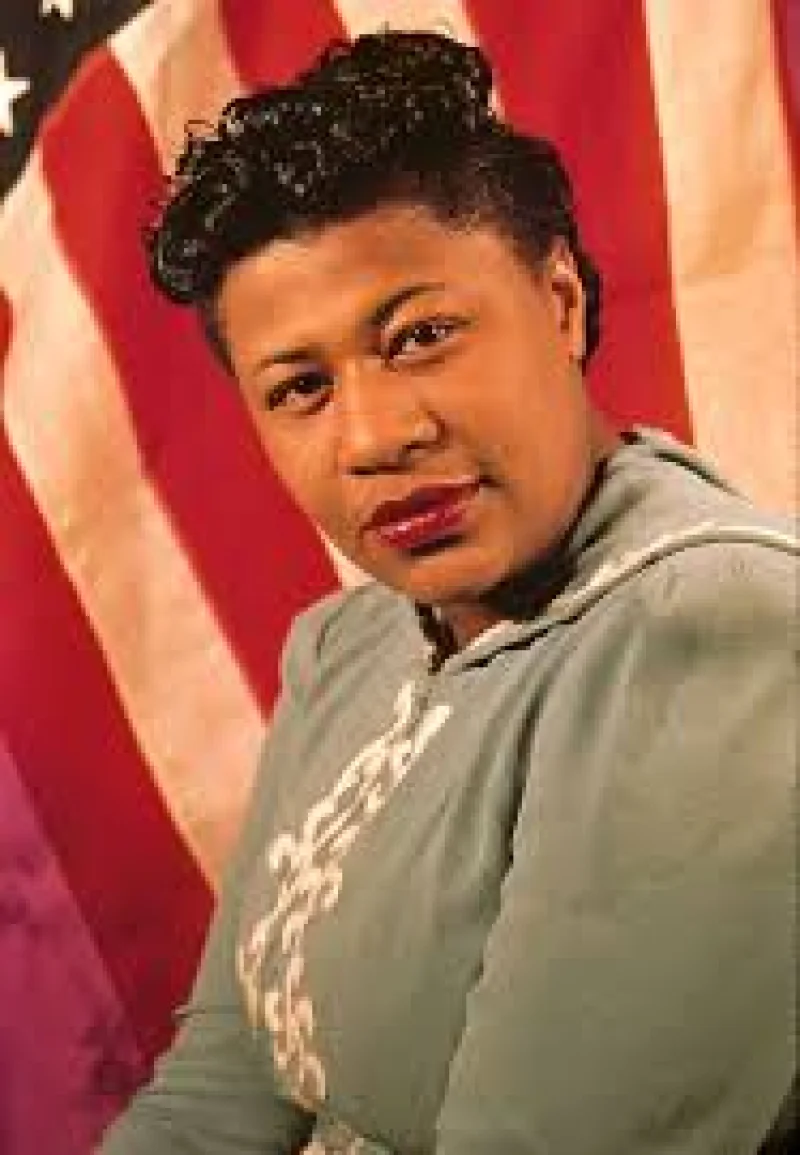Short Summary
John Coltrane was a pioneering jazz saxophonist and composer, whose influential work in the world of music continues to inspire musicians globally. His innovative approaches to harmony and rhythm, along with his deep spiritual and philosophical explorations, helped redefine jazz. He is celebrated for his contributions to the genre, particularly through his work on albums like "Giant Steps" and "A Love Supreme." Coltrane's legacy is marked by his relentless pursuit of musical excellence and his ability to convey profound emotion through his music.
Early Life & Education
John William Coltrane was born on September 23, 1926, in Hamlet, North Carolina, and raised in High Point. His father, a tailor and amateur musician, introduced him to music, while his mother supported his early interest in the arts. Coltrane's formative years were marked by significant personal losses, including the death of his father and other family members, which deeply affected him. He attended William Penn High School, where he played the clarinet and alto saxophone. Later, Coltrane studied at the Ornstein School of Music and the Granoff Studios in Philadelphia, where he honed his craft and was deeply influenced by the burgeoning bebop movement.
Career Highlights
Coltrane's career began to gain momentum in the late 1940s when he played in bands led by Dizzy Gillespie and Johnny Hodges. His major breakthrough came in 1955, joining the Miles Davis Quintet, where his powerful tenor saxophone style began to draw attention. In 1957, Coltrane's solo career took off, marked by the release of "Blue Train," his first album as a bandleader. The late 1950s and early 1960s saw him produce groundbreaking work with albums like "Giant Steps" and "A Love Supreme," which showcased his innovative approach to jazz. His collaborations with Thelonious Monk and the formation of his classic quartet solidified his status as a jazz legend.
Major Achievements
- Released "Giant Steps" in 1960, a landmark album known for its complex compositions.
- Recorded "A Love Supreme" in 1964, a spiritual suite that is considered a masterpiece of jazz.
- Collaborated with Miles Davis on "Kind of Blue," one of the best-selling jazz albums of all time.
- Innovated the use of modal jazz and experimented with complex time signatures.
- Posthumously awarded a Pulitzer Prize Special Citation in 2007 for his contributions to music.
Famous Quotes
- "My music is the spiritual expression of what I am."
- "You can play a shoestring if you're sincere."
- "I think music is an instrument. It can create the initial thought patterns that can change the thinking of the people."
Interesting Facts
- Coltrane was a deeply spiritual person and often explored religious themes in his music.
- He was posthumously inducted into the DownBeat Jazz Hall of Fame in 1965.
- Coltrane's father played several instruments, which likely influenced his early interest in music.
- "A Love Supreme" was written as an expression of gratitude and devotion, reflecting his spiritual awakening.
- He was known for practicing up to 12 hours a day, constantly seeking to improve his skills.
Legacy / Influence
Coltrane's influence on jazz and music as a whole is profound. His innovative techniques and explorations into free jazz and modal playing expanded the possibilities of the genre. His spiritual and experimental approach inspired countless musicians and composers, crossing genres beyond jazz. Coltrane's work continues to be studied and celebrated, ensuring his place as a central figure in the history of modern music.
FAQ
Q: Why is John Coltrane famous?
A: He is famous for his groundbreaking work as a jazz saxophonist and composer, particularly for albums like "Giant Steps" and "A Love Supreme."
Q: What instrument did Coltrane play?
A: He primarily played the tenor and soprano saxophones.
Q: Was Coltrane part of any notable collaborations?
A: Yes, he collaborated with Miles Davis on several projects, including the seminal album "Kind of Blue."










